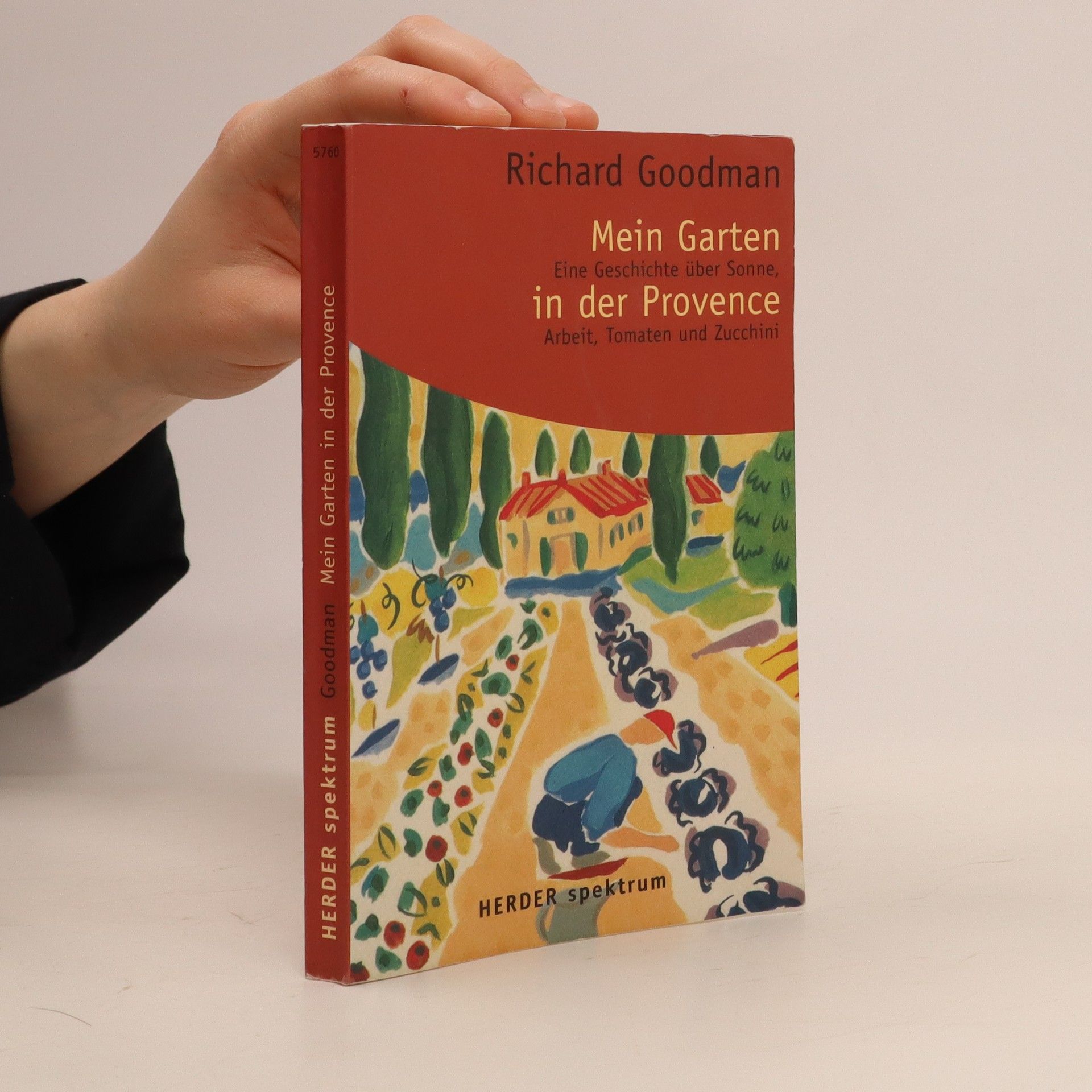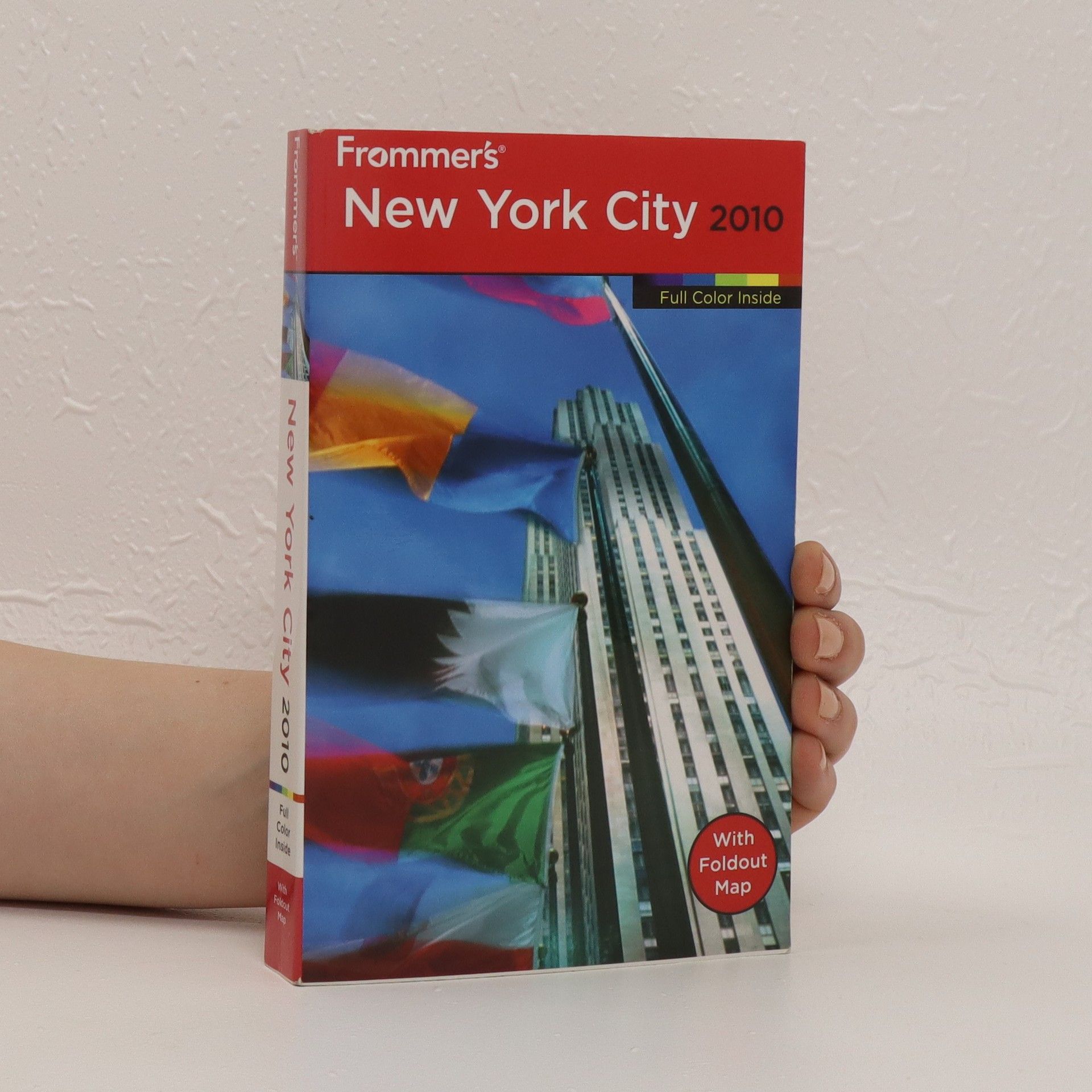Over 200 full-color photos throughout Detailed itineraries, including a "Eating Tour" of some of New York's favorite foods Full-color maps, including a 2-page map of the Bronx Zoo Tips on gallery-hopping, finding the best inexpensive theater, and the best hotel (and dive) bars An in-depth chapter that goes from the sale of Manhattan to the Dutch through the city's 400th birthday New York City abounds with new museums: from the Soho annex of the Rock and Roll Hall of Fame, to the funky New Museum; we'll bring you the latest on the new arrivals and major renovations Hotel rooms and meals in restaurants are cheaper? How the city is responding to hard times...by cutting prices, and where to look for new-found bargains.
Richard Goodman Livres
Richard Goodman se consacre à la recherche de la vérité dans les expériences quotidiennes, explorant comment des moments apparemment ordinaires peuvent révéler de profondes perspectives humaines. Son écriture se caractérise par un style d'observation aiguisé et la capacité de transformer les réflexions personnelles en thèmes universels. Goodman explore les liens complexes entre lieu, mémoire et identité, souvent en se concentrant sur le processus créatif. Ses œuvres offrent aux lecteurs une lentille à travers laquelle comprendre l'essence de l'écriture créative et l'art de trouver du sens dans le quotidien.




The address presented to the Berkshire Agricultural Society on October 8, 1868, discusses the importance of agricultural practices and advancements during that period. It highlights the challenges faced by farmers and advocates for innovation and education in agriculture. The speaker emphasizes community collaboration and the role of agriculture in economic development, reflecting on the societal impact of farming in Berkshire. The address serves as a call to action for improving agricultural methods and supporting local farmers.
A story about dirt—and about sun, water, work, elation, and defeat. And about the sublime pleasure of having a little piece of French land all to oneself to till.Richard Goodman saw the ad in the "SOUTHERN Stone house in Village near Nimes/Avignon/Uzes. 4 BR, 2 baths, fireplace, books, desk, bikes. Perfect for writing, painting, exploring & experiencing la France profonde. $450 mo. plus utilities." And, with his girlfriend, he left New York City to spend a year in Southern France.The village was small—no shops, no gas station, no post office, only a café and a school. St. Sebastien de Caisson was home to farmers and vintners. Every evening Goodman watched the villagers congregate and longed to be a part of their camaraderie. But they weren't interested in he was just another American, come to visit and soon to leave. So Goodman laced up his work boots and ventured out into the vineyards to work among them. He met them first as a hired worker, and then as a farmer of his own small plot of land.French Dirt is a love story between a man and his garden. It's about plowing, planting, watering, and tending. It's about cabbage, tomatoes, parsley, and eggplant. Most of all, it's about the growing friendship between an American outsider and a close-knit community of French farmers."There's a genuine sweetness about the way the cucumbers and tomatoes bridge the divide of nationality." —The New York Times Book Review"One of the most charming, perceptive and subtle books ever written about the French by an American." —San Francisco Chronicle
„Altes Steinhaus in Südfrankreich zu vermieten“: Der New Yorker Autor Richard Goodman liest die Anzeige - und beschließt das zu tun, wovon wir alle träumen. Er zieht mit seiner Freundin nach St. Sébastien de Caisson.* 211 Einwohner. Für die Franzosen bleibt er ein Fremder. Bis er beginnt, sich um seinen Garten zu kümmern. Ein wunderbares Buch über das Leben in einem kleinen französischen Dorf, über Sonne, Regen, harte Arbeit, Wein, reife Tomaten - und den richtigen Zeitpunkt zum Gießen.